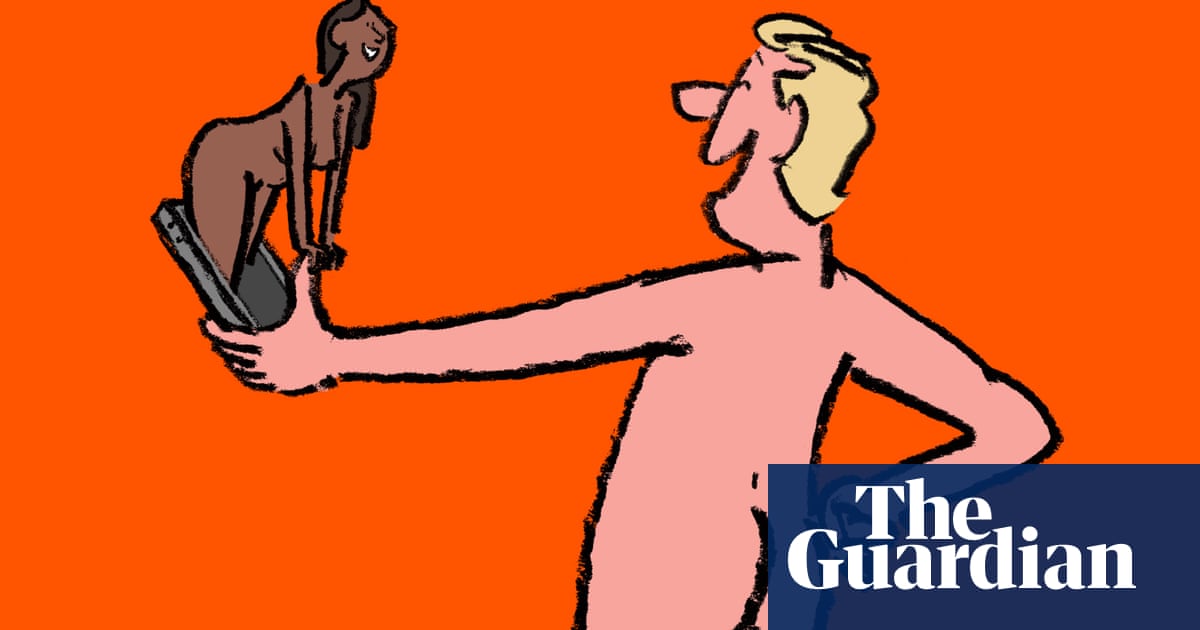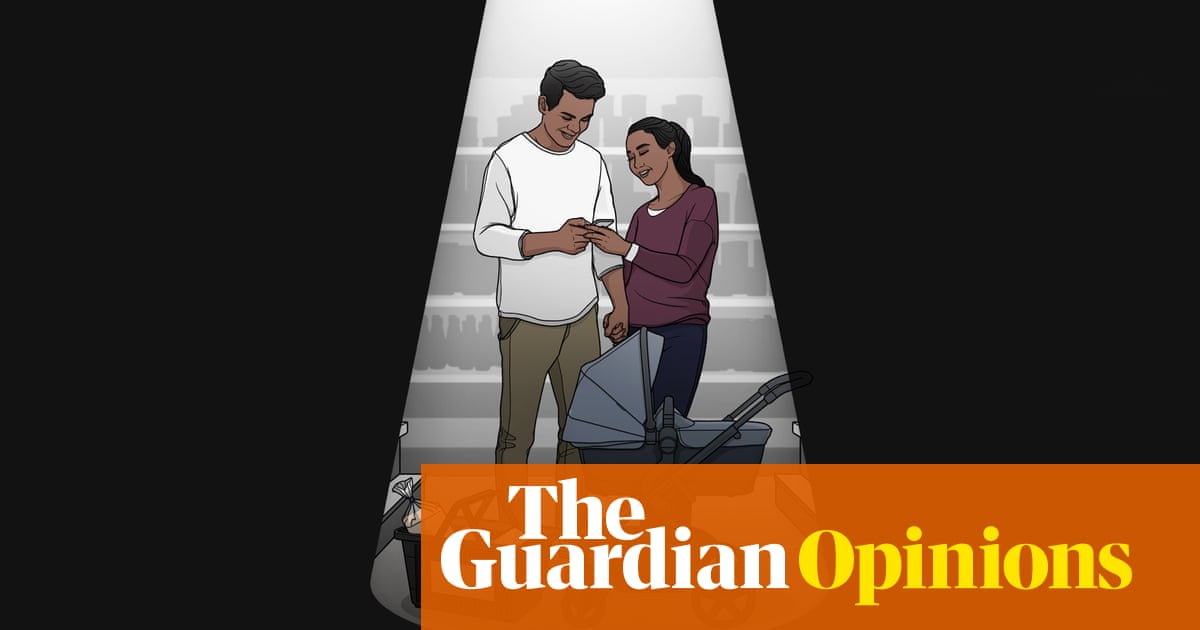
n Sunday evening, Boris Johnson set out the roadmap for easing the lockdown in England. It was a complex and at times meandering speech. But it was striking that the prime minister said nothing of the next steps for people who are deemed high risk, who have previously been asked to “shield” from coronavirus by remaining at home for at least 12 weeks. Johnson notably paid tribute to “the fortitude of the elderly whose isolation we all want to end as fast as we can” but made no mention of disabled people enduring the same.
Less than 24 hours later, it was confirmed that “the clinically extremely vulnerable” would have to remain at home and avoid face-to-face contact for “some time yet”.
In recent days there has been concern that high-risk groups may be asked to comply with an extended lockdown just when it is eased for the general population. One poll of disabled people found that only 4% thought an extended lockdown for high-risk groups was “fair”. Meanwhile, Ros Altmann, the former pensions minister, has warned against “blanket bans” to prevent older people leaving their homes, and the actor Michael Palin has said it would be “very wrong” to exclude over-70s from an eased lockdown as there are many who “are very active, very thoughtful, who’ve got lots of ideas”.
Some of this rhetoric is less than helpful. Evidence shows that age (even if the person is fit) and underlying health conditions seriously compromise immunity. It isn’t the government that’s discriminating against older or disabled people – it’s the virus. As a high-risk disabled person, I’ve been shielding at home for months without going out at all. It is not exactly fun, especially to not even get fresh air for an hour like everyone else, but it is sensible. My “ideas” won’t keep me out of ICU.
And yet it is not hard to see why there’s frustration. The guidance for disabled and older people has been so confused in recent weeks that even the health secretary seems to be unsure of whether they are included in the “clinically vulnerable” or extremely vulnerable category. A poll by the Research Institute for Disabled Consumers last week found that 52% of respondents disagreed or strongly disagreed that the government was doing enough to support them during this crisis (up from 44% four weeks ago).
Stuck at home, after watching Downing Street unveil its opaque new “stay alert” slogan, it felt increasingly as if shielders were being forced to suffer the worst of the government’s inaction – from the lack of early testing, delayed lockdown and failure to quarantine arrivals at airports at an earlier stage, to its dire communications strategy.
It is hard to shake the sense that the burden of keeping safe is being placed disproportionately on high-risk groups. A strategy of “keep the disabledinside”, with little to no clarity on what comes next, is as much an attitude problem as a policy one.
Cultural prejudice that equates being disabled with being isolated, unproductive or sexless reinforces the idea that it doesn’t really matter if this group has to give up months – even years – of our lives. If it’s thought that disabled people don’t have jobs to keep, kids to raise, or dates in the pub like “normal people”, it’s much easier to see leaving us at home indefinitely as no big issue. Ministers and the media repeatedly using the word “vulnerable” to describe disabled people in conversations around coronavirus only reinforces this.
The fear in all this is that a two-tier pandemic society is developing. Just as working-class people are being forced back to work while middle-class professionals are staying safe at home, we could see non-disabled people being slowly allowed back out while the disabled community is stuck inside.
Currently, we know more about how close a healthy person can sit to a friend in the park than when disabled people can leave their homes. In the coming months, there will be a need for compromise between high-risk individuals shielding and the collective actions of the rest of the public, be it immunity passports, mandatory face masks, or extensive track and trace (as well as a debate about the ethical and practical issues these actions raise). The fact that unequal access means disabled people were effectively segregated for years before this pandemic only makes this more pressing.
Any prolonged lockdown for high-risk individuals needs to go hand in hand with support from the state – from financial security for those unable to work while shielding, and an increase in disability benefits, to improved food supplies and testing for carers.
We’re already seeing widespread problems with disabled and older people struggling to access food and medicine while shielding. Expecting people to stay at home indefinitely when you can’t even guarantee them a supermarket delivery slot feels very much like being forgotten.
There is rocky terrain for all ahead, and those of us at high risk will have a particularly rough path to tread. And yet what shielders need is simple recognition: to be told the facts like adults, and to feel as if ministers remember we exist. Disabled people have long been used to making judgments about our own health: what’s a risk, what’s safe, what restriction can be overcome. As we wait in hope that Johnson will provide shielders with more details, ministers would do well to ask us what we need. Disabled people’s voices, like our lives, hold more value than society often thinks.












